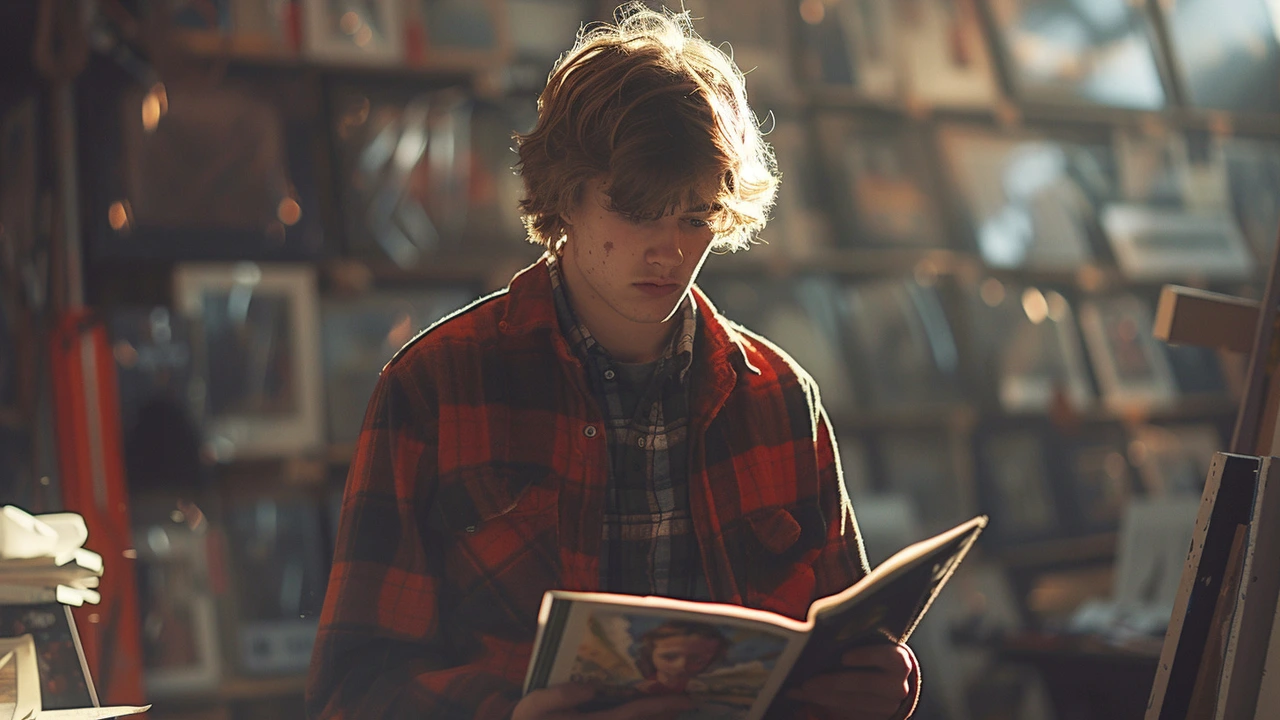Future of Art: Practical Trends You Can Spot and Use Today
Art is changing fast. AI can paint, VR can stage impossible shows, and cities are turning streets into galleries. If you want to understand the future of art, watch how technology, public space, and older movements remix together. That mix creates new ways to make, sell, and experience work—and gives artists fresh tools and audiences.
Tech That Will Change How Art Is Made
AI and machine learning already help artists generate ideas, speed up drafts, and create photorealistic images. Photorealism went from painstaking brushwork to tools that can reference thousands of photos in seconds. Try using AI for idea sketches, then refine by hand to keep your personal touch. AR and VR let you build immersive installations without renting a gallery—think small, interactive rooms people can enter from home with affordable headsets.
Gaming engines and 3D tools are another route. The article on the future of gaming shows how game tech creates lifelike worlds you can walk through. Use those tools to prototype installations or sell virtual editions of sculptures. Photogrammetry (taking many photos to build 3D models) is cheap now—scan a sculpture, offer a limited-run virtual version, or test how a public piece will look in a real plaza.
Where Art Will Live and Who It Will Reach
Public space is no longer just statues and plaques. Land art ideas are shaping parks and plazas, and smart city tech can turn benches, light poles, and sidewalks into canvases. Collaborate with city planners or local councils to place responsive artworks that change with weather, traffic, or crowd size. These pieces reach more people than gallery shows and can fund larger projects through public grants.
Design movements matter too. Bauhaus and De Stijl influence product and interface design, so artists who learn basic design rules can move into commissions for products, apps, or architecture. Avant-garde home décor shows how people want bold, art-forward interiors—sell limited home editions or offer design consults that blend art with function.
Performance and Fluxus-style work keep breaking rules. Use short, unexpected actions in public or online to get attention without big budgets. Installation art remains powerful for emotional impact; plan pieces that fit tight budgets by using found or recycled materials and staging pop-up runs in cafés, co-working spaces, or vacant stores.
Practical tip: pick one tech or space and master it. Learn basic AR tools, collaborate with a game developer, or contact a local planner about a small public piece. The future of art favors nimble creators who mix old craft with new platforms. Keep experimenting, document everything, and be ready to show work in both physical and virtual places.

